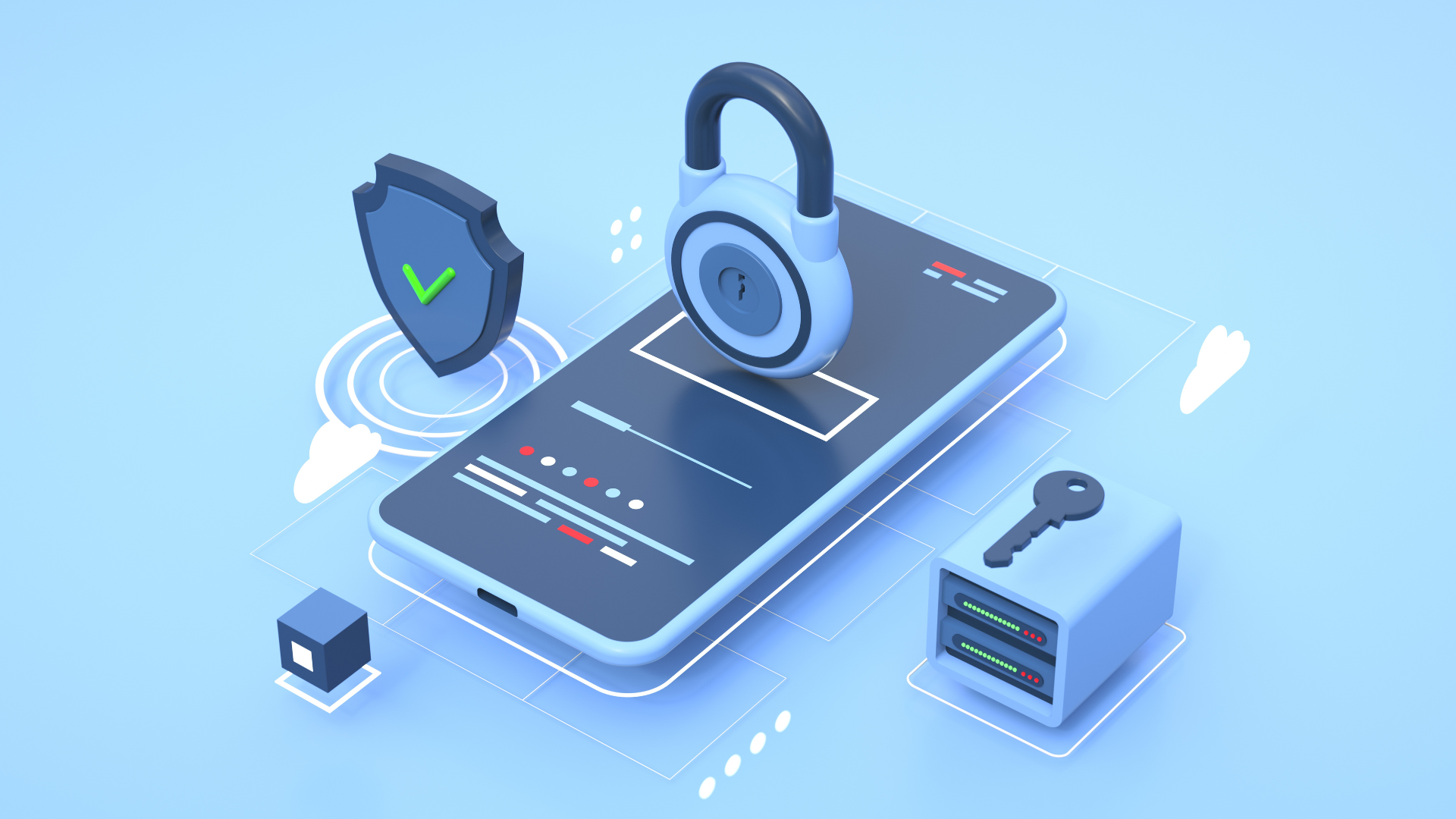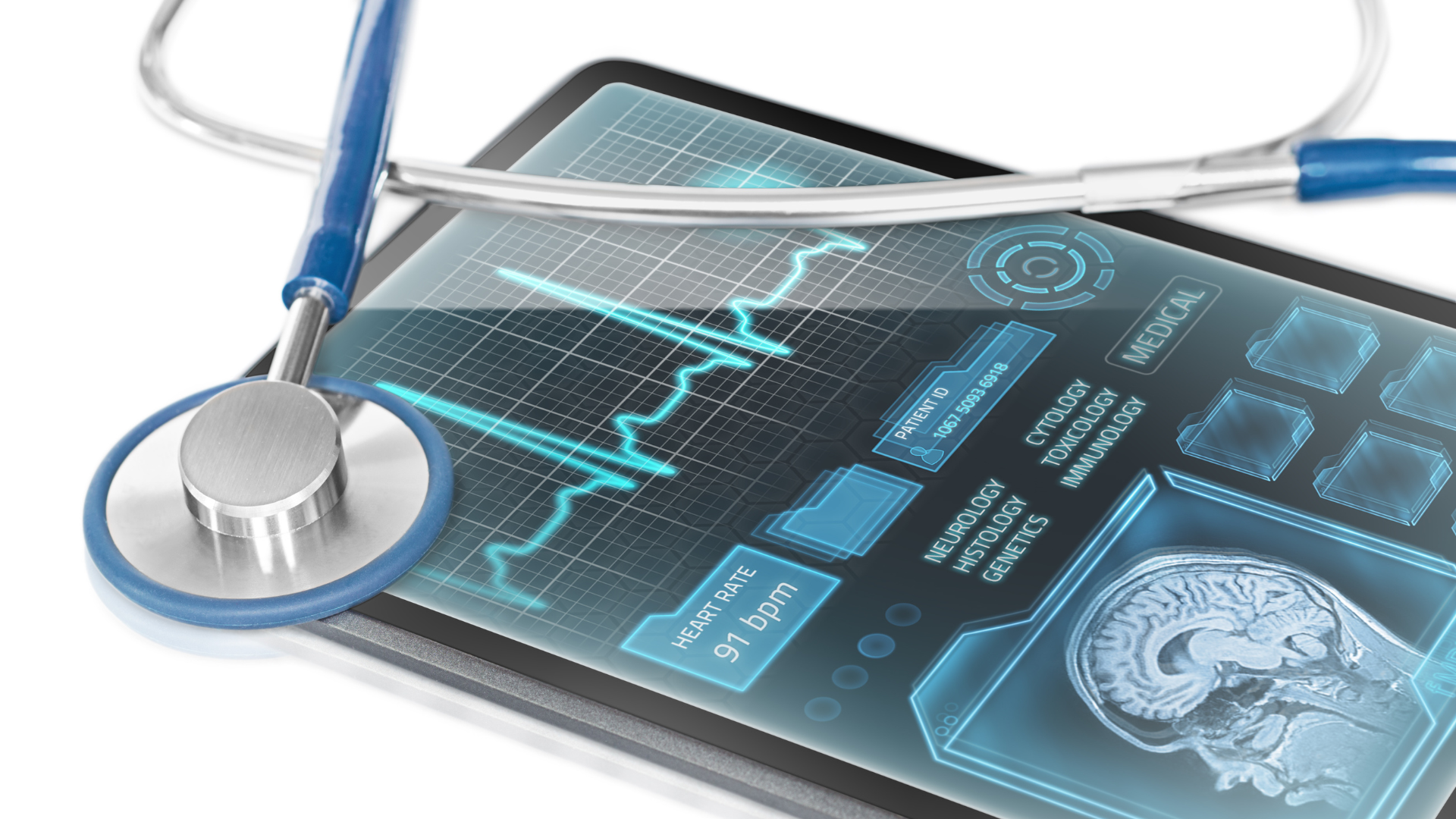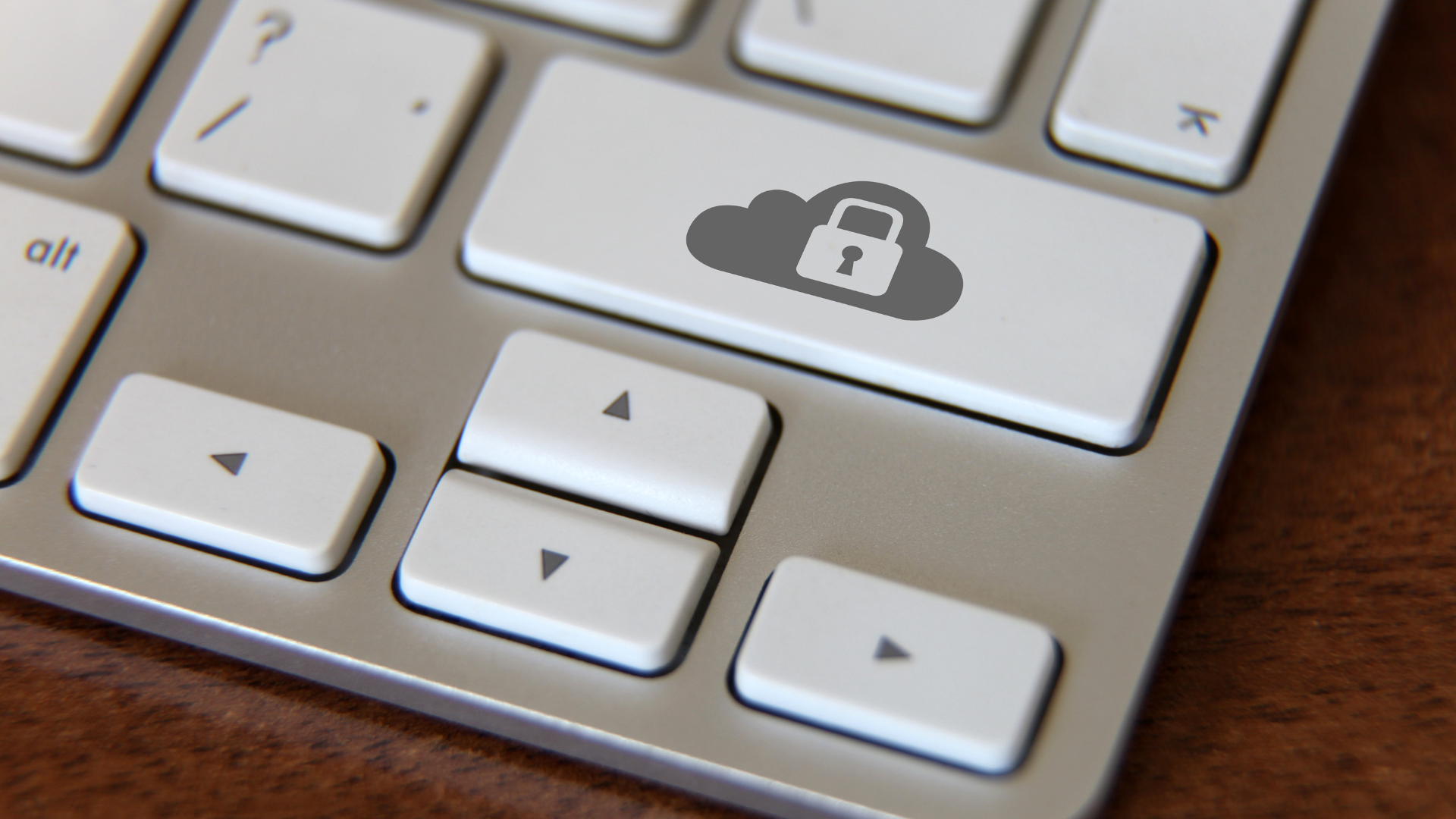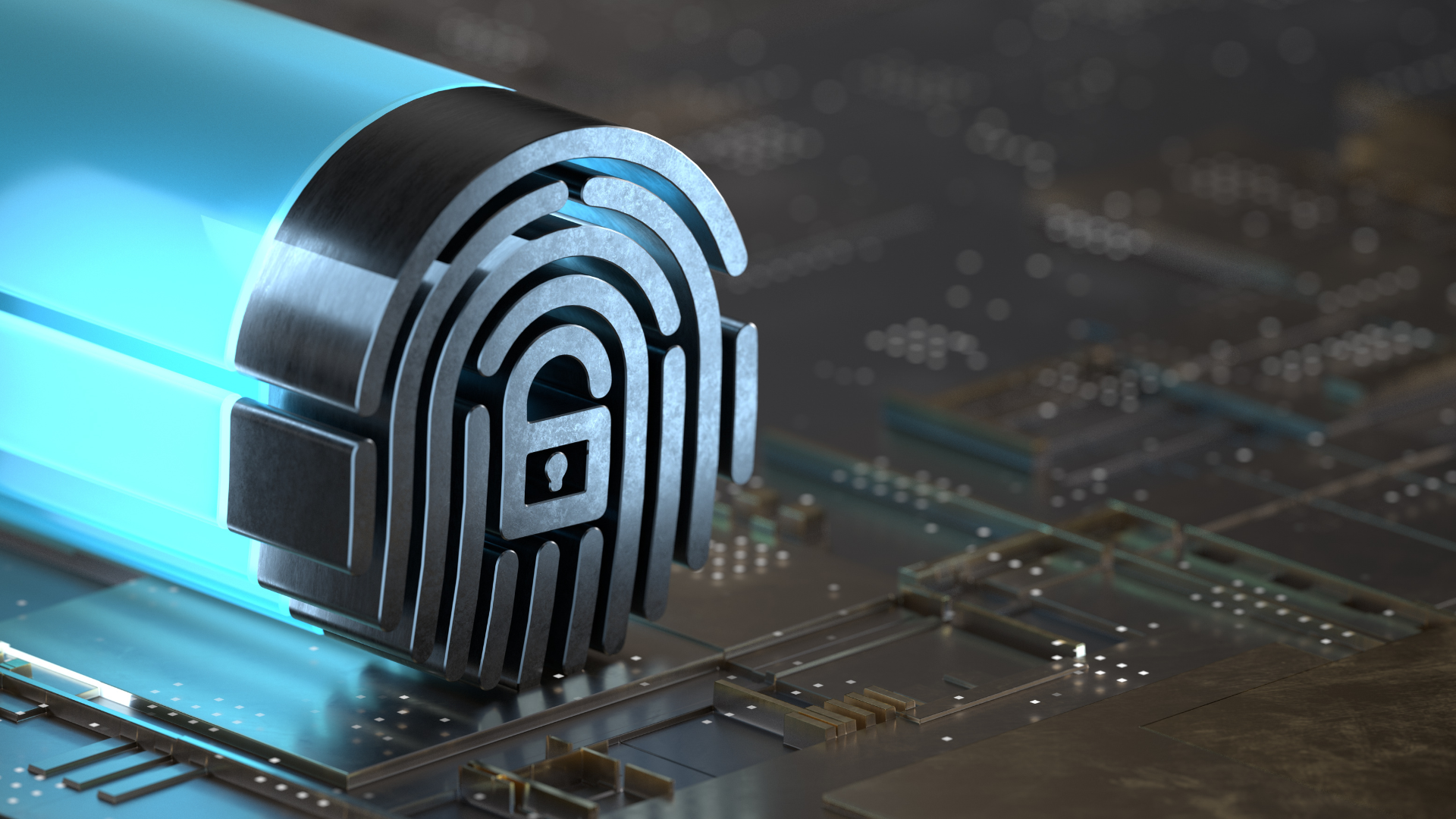Medical IT Cybersecurity: Safeguarding Patient Data
Healthcare is in the middle of a digital revolution. Thanks to new technologies and big data, it’s taking leaps and bounds toward better care, lower costs, and more streamlined operations. With healthcare innovation moving faster than ever, health IT security is finding it harder and harder to catch up.
While the cybersecurity landscape changes yearly, the highly regulated healthcare sector remains a primary target for cybercrime. Since 2012, there has been a consistent upward trend in healthcare data security incidents.
In 2022 alone,
51.9 million medical records were unlawfully accessed, costing the healthcare sector an average of
$10.93 million and making it the industry with the most expensive data breaches.
Read More:
Are You Sure You’re Cybersecure?
Why Is Healthcare a Prime Target for Cyberattacks?

Cybercriminals are always looking for lucrative exploits. And they’re smart, too. They don’t just go after the biggest payout; they target the highest reward for the least amount of work. Many cybercrime groups consider healthcare organizations sitting ducks because:
- Medical records are worth a lot of money. Healthcare organizations handle massive amounts of high-value data. Trustwave’s The Value of Data Report states that a single healthcare record can sell for $250 on the black market.
- Healthcare organizations are easy targets. While other sectors—like technology and energy—may have more resources to steal, they’re much more difficult to infiltrate because of their cybersecurity resources. Healthcare, on the other hand, has complex IT environments that are tricky to secure. The industry is also notorious for being slow in implementing changes to systems and infrastructures, even for cybersecurity purposes, which makes their networks easier to attack.
- Lives are at stake. Cybercriminals know lives are at stake when they disrupt a practice’s IT systems or withhold access to patient records. They know providers won’t be able to provide treatment, perform procedures, or prescribe medications without access to clinical data, so they use these urgent situations as leverage to extort money.
Read More:
Why Small Medical Practices are Major Targets for Cybercrime
Top Threats to Data Security in Healthcare

Last year, the U.S. Department of Health and Human Services (HHS) Office of Civil Rights received an average of 1.94 healthcare breach reports affecting at least 500 individuals daily. Cyber threats are relentless. And it only takes one successful infiltration to halt clinic operations, tarnish your reputation, and shut your practice down. Here are the top threats to healthcare privacy:
Ransomware
IBM defines ransomware as malware that locks a victim’s data or device. Ransomware attackers threaten victims to withhold, sell, or expose the data unless the victim pays a ransom.
Ransomware attackers can use different vectors to infect your device or IT network.
Phishing emails are among the most common. It involves the perpetrator masquerading as a legitimate business or trusted individual in emails, texts, or phone calls. They reach out to you and convince you to download malware, share confidential information, or take other actions that expose your device or network to ransomware.
In early ransomware attacks, the malware encrypts your clinic data and keeps you from accessing any of it until you pay the attackers a large amount of money for the encryption key. However, ransomware attacks have evolved into a repeat extortion strategy in recent years. Even after their victims have paid off the ransom, cybercriminals hold on to their stolen data and use it as leverage to repeatedly demand more money from the victim.
Read More:
How to Keep Your Practice Safe from Ransomware Attacks
Basic Web Application Attacks
According to Verizon’s 2023 Data Breach Investigations Report, basic web application attacks account for 25% of data breaches in the study.
A web application attack is a type of cyberattack that targets vulnerabilities in web applications. The
HHS Office of Information Security states adversaries may use software, data, or commands to exploit a weakness in an organization’s internet-facing computer or program.
Web application attacks aim to gain unauthorized access, steal data, disrupt services, or carry out other malicious activities. Verizon describes them as straightforward attacks following a “get in, get the data, and get out” pattern.
Miscellaneous Errors
Miscellaneous errors are incidents where unintentional actions directly compromise secure data. In 2023, they comprised 68% of healthcare data breaches.
Data misdelivery is the most common miscellaneous error among data breaches in healthcare organizations. It happens when a user sends protected health information (PHI) to an unintended recipient. Whether it’s sharing a spreadsheet with unauthorized individuals, accidentally sending an email to more people than intended, or unintentionally exposing a paper document’s information through an envelope’s clear window, data misdelivery is a data breach.
Unfortunately, employees are often the primary culprits for data misdelivery. In fact,
employees were responsible for 35% of healthcare data breaches in 2022.
Read More:
The Biggest Security Threat to Your Healthcare Practice Is on Your Payroll
What Practices Can Do to Protect Healthcare Privacy
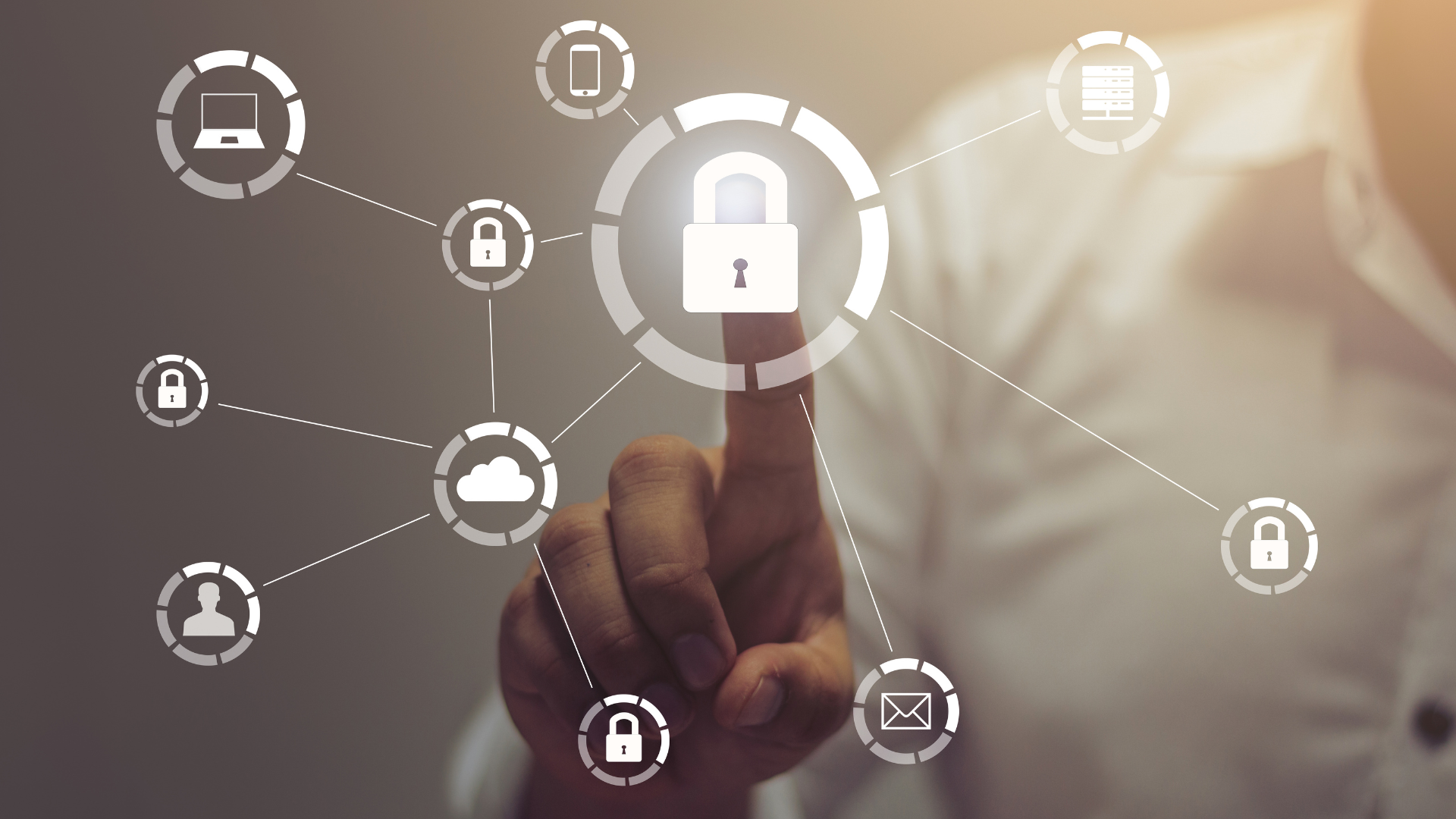
In an era where technology plays an increasingly pivotal role in healthcare, safeguarding patient data has never been more critical. Here are a few healthcare cybersecurity best practices your office can look into and implement:
Immutable Backups
We hate to bring bad news, but simply backing up your data isn’t enough anymore. Veeam's 2023 Ransomware Trends Report reveals that in 93% of ransomware incidents in 2023, cybercriminals actively targeted backup repositories. As a result, 75% of ransomware victims lost backups during the attack.
As a healthcare organization, you need to go beyond regular backups—you need to implement immutable backups.
An
immutable backup means your backed-up data is fixed, unalterable, and undeleteable for a specified period. Even if ransomware gains access to your primary data, it cannot modify or delete your immutable backups, rendering the encryption attempt ineffective. This means you don’t have to deal with data loss and ransom payments; you can readily restore your data and resume clinic operations.
To protect your clinic from the damaging effects of a ransomware attack, regularly back up all critical data and keep the immutable backups separate from your main network. You should also test and verify the integrity of your backups. If you’re unsure how to implement this in your practice, partner with a
trusted managed IT service provider offering reliable, HIPAA-compliant cloud storage solutions.
Read More:
Cloud Security Tips That Could Save Your Business
Web Application Firewalls
A web application firewall is a security solution that monitors, filters, and blocks hypertext transfer protocol (HTTP) traffic as it travels to and from a website or web application. Designed to protect web applications from online threats (like basic web application attacks), a web application firewall acts as a barrier between the web application and potential attackers, identifying and blocking malicious requests and traffic patterns.
While a regular firewall works on the network level, a web application firewall works at the application level. It focuses on the specific software and code that powers a website (where one stores usernames, passwords, and sensitive data) and constantly monitors your website, looking for unusual activities and blocking anything suspicious.
In simple terms, a regular firewall guards the entrance to your practice’s IT network, while a web application firewall guards your practice website's specific software and data. They work together to proactively protect your data from unwanted visitors and cyberattacks.
Read More:
Why Your Medical Practice Shouldn't Settle for a Regular Firewall
Regular Cybersecurity Awareness Training
To run successful exploits, most cybercriminals take advantage of the leading cause of data breach incidents (95%): human vulnerability.
When it comes to protecting healthcare privacy, your staff is your first line of defense. Their knowledge, vigilance, and commitment to health IT security are essential in safeguarding sensitive patient information and ensuring the trust and confidentiality your patients expect from you.
To champion data security in healthcare, invest in regular, high-quality
cybersecurity awareness training for everyone on your team.
You can start by partnering with trusted experts specializing in health IT security training.
ER Tech Pros, for example, provides healthcare organizations with comprehensive cybersecurity awareness training. Unlike other companies, their program goes beyond one-time cybersecurity seminars.
ER Tech Pros runs long-term interactive training campaigns to educate your employees about best practices, common attack vectors, and effective threat identification and response. They actively track your staff’s engagement throughout the sessions and submit reports to management. They also conduct
simulated phishing campaigns to assess your employees’ susceptibility and enroll individuals in targeted training if needed.
Read More:
Cybersecurity Awareness Training FAQs
Health IT Security: The Stakes Are Too High For You to DIY

According to CyberCatch’s most recent Small and Medium-Sized Business Ransomware Survey, 75% of small and medium businesses admit they’d only survive a week or less after a ransomware attack.
With healthcare in the middle of a digital revolution, medical cybersecurity is more important than ever. And as much as you’d want to take healthcare privacy into your own hands, there’s too much to lose and too many lives at stake.
You need the guidance and expertise of a highly trained cybersecurity team. If your current IT team doesn’t have the necessary experience or you can’t afford to hire your own cybersecurity expert, partnering with a managed security service provider specializing in protecting healthcare IT infrastructures is the safe and practical choice.
If you’re not sure how to introduce, enhance, or assess your practice’s healthcare privacy,
ER Tech Pros’ team of healthcare cybersecurity experts can step in and work with you to create a robust strategy that meets your unique security needs.
Schedule a call with one of our cybersecurity specialists today and get a free cybersecurity assessment!
Search Articles
Healthcare & Tech Articles

ER Tech Pros is a managed service provider (MSP) that specializes in catering to the IT needs of businesses across the globe. We have offices in Sacramento and the Greater Fresno area.
We use our cutting-edge technology, extensive experience, and global team of technology experts to ensure your IT network is in its most secure and optimal state.
We focus on your IT so you can focus on growing your company.
8795 Folsom Blvd, Ste 205
Sacramento, CA 95826
1501 Howard Rd, Ste 2
Madera, CA 93637
(855) ER-TECH-1 / (855) 378-3241
info@ertech.io
Resources
Search this Site
ERTech Pros | All Rights Reserved.








